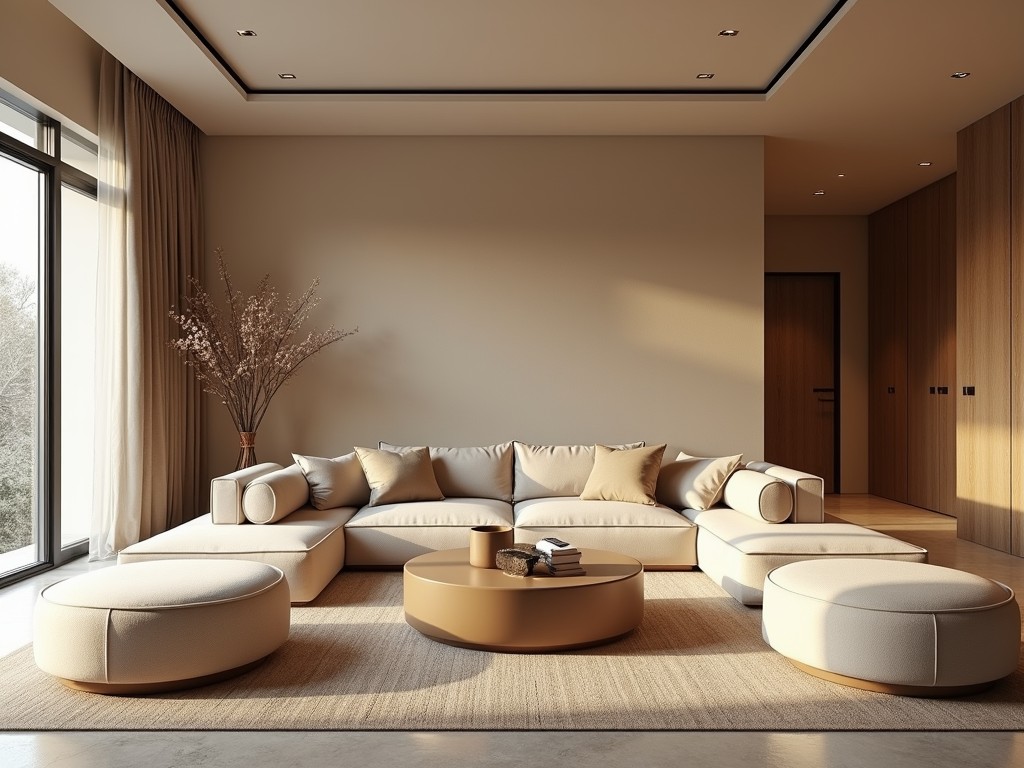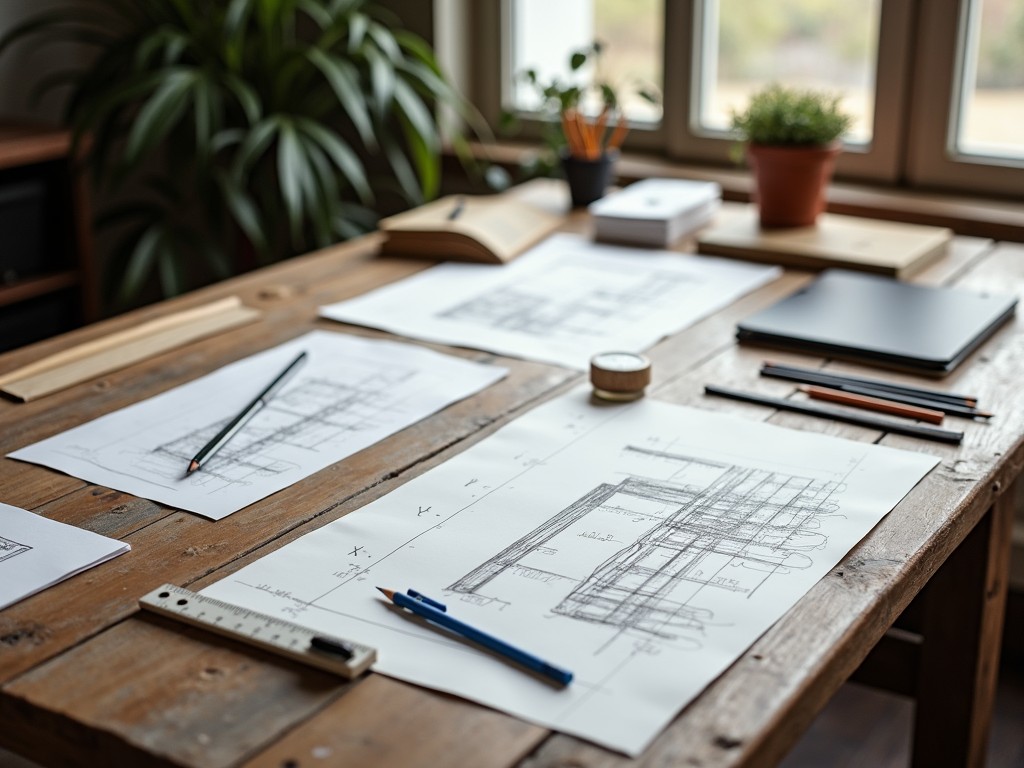Essential Principles of Design for Beginners
An Introduction to Design Principles
In the world of design, mastering the fundamentals is crucial for beginners. This guide explores the essential principles of design, offering insights into creating effective and aesthetically pleasing designs.
Understanding Design Foundations
Design is more than just aesthetics; it’s about solving problems and communicating ideas clearly. Whether it's graphic design, interior design, or architecture, knowing the basics can transform your work and improve your skills remarkably.
Key principles include:
- Balance
- Contrast
- Emphasis
- Movement
- Proportion
- Rhythm
- Unity
These foundational concepts ensure that every piece of design, from logos to building layouts, communicates effectively and resonates with its audience.
Balance: Achieving Visual Equilibrium
Balance refers to the distribution of visual elements within a design. There are two types: symmetrical and asymmetrical. Symmetrical balance is mirror-like and tends to provide stability, while asymmetrical balance offers a dynamic look by using different visual weights on each side of the design. Achieving balance helps in creating harmony and structure in your work.

Contrast: Creating Distinction
Contrast involves placing opposing elements together, such as light versus dark or large versus small. This principle is essential for making certain components of a design stand out. Consider how black text over a white background is easier to read and more distinctive.
Personal Insights: Learning from Experience
When I started learning about the essential principles of design, I often overlooked contrast, leading to cluttered visuals. Through practice, I realized how contrast could guide the viewer’s attention and improve comprehension.
Emphasis: Focusing the Viewer’s Attention
Emphasis is about making an element the focal point of a design. Designers use color, size, and texture to highlight the most important parts of their work. For instance, a bright red button on a webpage draws more attention than a muted surrounding.
To achieve emphasis effectively, I recommend understanding the audience and context of your design. This approach ensures that your focal point is not just visually apparent but functionally significant.

Movement: Guiding the Viewer’s Eye
Movement in design is about leading the eye of the viewer or reader through a visual path. Designers use lines, edges, shapes, and colors to create a flow. Movement ensures that your design is not static and monotonous, but engaging and dynamic.
Proportion and Scale: Playing with Sizes
The scale of different elements within a design affects the viewer's perception. Proportion helps create a visual hierarchy and balance by using size to show importance. For example, larger elements often signify importance, drawing the viewer’s focus naturally.
Rhythm: Creating a Sense of Organized Movement
Rhythm in design is like a melody, creating a pattern of repetition and variation of elements. By using rhythm, you can control how a viewer reads your visual content, ensuring that the design feels natural and fluid.

Unity: Cohesion in Design
Unity is the hallmark of a well-crafted design. It’s the relationship between the elements that make them feel as if they belong together. Practices like consistent color schemes, aligning elements, and keeping a consistent style contribute to unity.
Putting Principles into Practice
Applying these essential principles of design for beginners will enhance your ability to create compelling, attractive works. Start small, perhaps with simple projects, and gradually incorporate these elements as you gain confidence and expertise.
Actionable Tips:
- Experiment with different types of balance and contrast.
- Use color and size creatively to establish emphasis.
- Guide the viewer with intentional movement.
- Practice unity to avoid confusing layouts.
Once you grasp these concepts, you will find transitioning to more complex projects more manageable. Integrating these principles not only enhances visual appeal but also ensures your designs are functional and effective.

Summary
By understanding and applying these essential principles of design for beginners, you can improve your work's quality and effectiveness. Whether working on small graphics or larger foundation designs, these skills are indispensable.
Recommended Readings
- "Design Basics: Understanding the Core Principles"
- "Foundation Design: Building from the Ground Up"
- "Understanding Proportion and Scale in Visual Arts"





